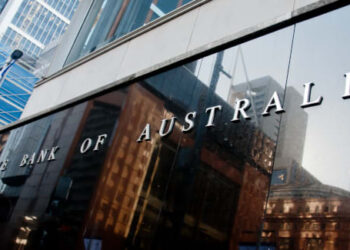KPMG has urged the government to consider adding superannuation guarantee contributions to the Commonwealth Carer Payment in an effort to help close the gender super gap.
In a new paper titled, Towards Gender Equity in Retirement, KPMG noted that more than 70 per cent of those who receive the Carer Payment are women, who are often required to exit the workforce for significant periods of time and suffer from lower super balances as a result.
The firm has estimated that for an individual who provides care for 15 consecutive years beginning from age 35, the addition of super guarantee contributions to the Carer Payment would drive up their super balance by as much as $123,000 at retirement.
According to KPMG’s economic analysis, this measure could be achieved at a budgetary cost of only $45,500 in real terms.
“Not only would KPMG’s proposal properly recognise and value the role home carers play – and help close the gender superannuation gap, given most of them are women – but it could be done with a cost-neutral, or even positive, impact on the budget over time by giving incentives to people to take on caring roles,” explained KPMG Australia head of superannuation Linda Elkins.
“It would be a huge boost to people who help the federal budget by providing a valuable service to society at a much lower cost than if the people they look after went into formal care.”
The cost of adding super guarantee contributions to the carer payment, based on the 2023–24 budget papers, is estimated to be around $944 million, lifting to $1.1 billion in 2026–27. But KPMG noted that formal care is evidently more costly to the budget.
Individuals who receive the Carer Payment, the Carer Allowance, and the Carer Supplement are currently paid a total of $29,624 per annum, well below the $42,255 per annum received by a worker on Australia’s minimum wage.
Additionally, the difference in cost is even higher when accounting for the use of government-funded facilities including residential aged care buildings and hospitals.
If adding super guarantee contributions to the Carer Payment incentivised a greater number of Australians to become informal carers, KPMG suggested that the policy may deliver net budgetary savings.
The extra boost provided to the super balances of carers could also result in a potential reduction of Age Pension payments, helping to improve the budget even further.
“It is a highly equitable policy, since recipients of the Carer Payment must satisfy a means test and therefore are on low incomes,” Ms Elkins said.
“People who carry out unpaid caring work pay a price not only in terms of lost earnings and missed career opportunities during their time as carers but also in the form of a less comfortable retirement in the future.”
Alongside the proposed new measure, KPMG also renewed its call for the government to begin paying super on Commonwealth Paid Parental Leave.







